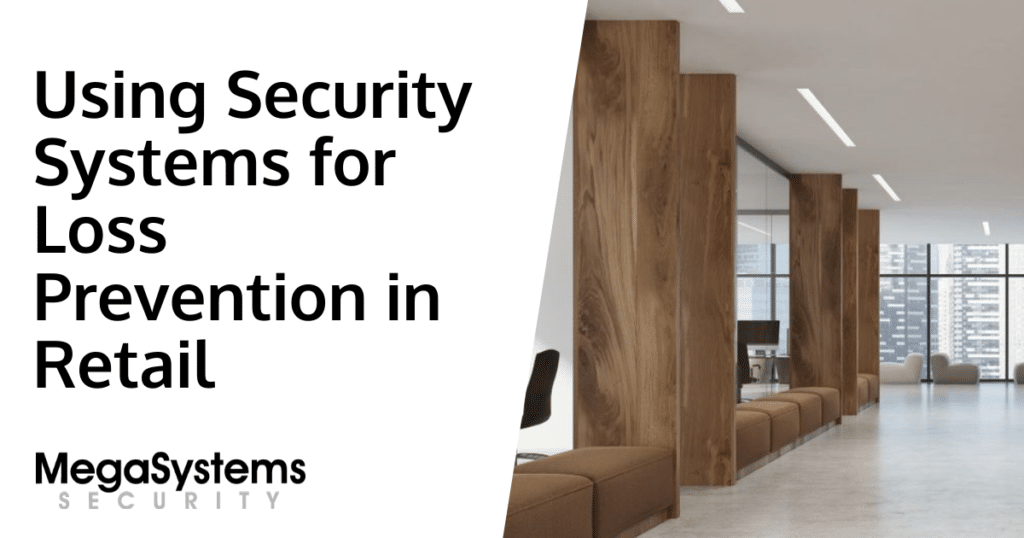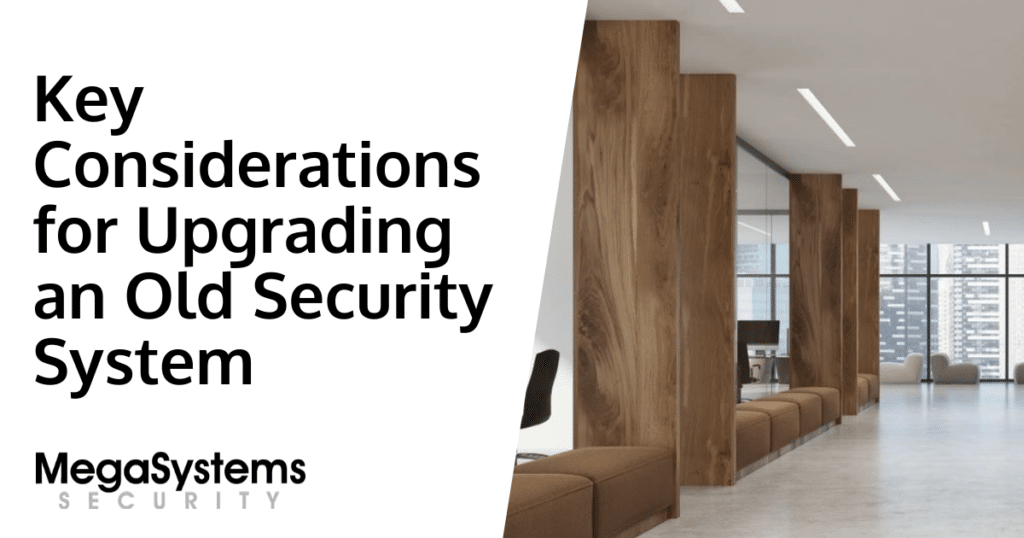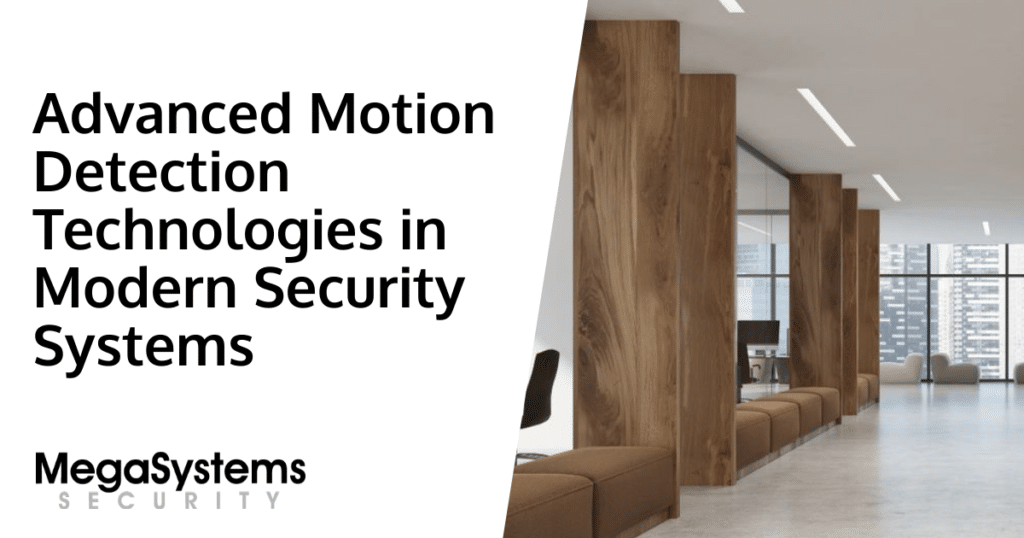Security systems play a pivotal role in retail businesses. They help not only in protecting assets but also provide a secure environment for staff and customers. In this fast-evolving retail scenario, high-tech security systems are more than just loss prevention Continue reading
Call Now: 713.668.8818 | Locations: Houston | Dallas











